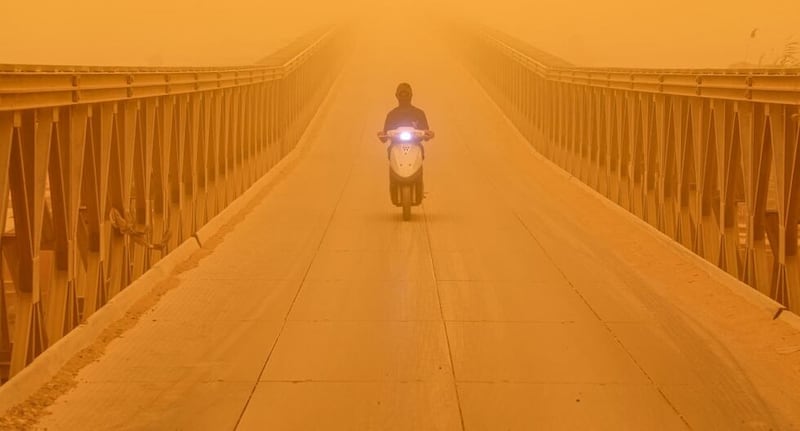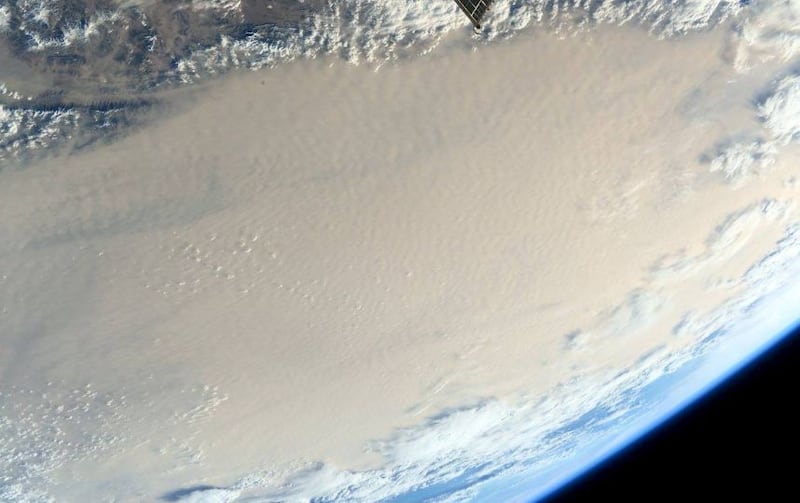Sandstorms cross continents and put millions at risk, report warns

Sand and dust storms pose a growing threat to public health and economies worldwide , the World Meteorological Organization (WMO) warned Thursday, publishing its latest Bulletin on Airborne Dust.
According to the report, around 330 million people in more than 150 countries are regularly exposed to these phenomena, the frequency and intensity of which have increased in recent years.
By 2024, surface dust concentrations exceeded historical levels from 1981-2010 in several of the most affected areas.

Although the majority of sandstorms originate in North Africa and the Middle East , the Caribbean and South America are also impacted . In 2024, African dust clouds crossed the Atlantic and reached parts of the Caribbean, affecting air quality.
Every year, more than 2 billion tons of sand and dust enter the atmosphere , equivalent to 307 times the volume of the Great Pyramid of Giza , the United Nations agency detailed.
More than 80% of global atmospheric dust comes from the deserts of North Africa and the Middle East , and can travel thousands of kilometers, crossing continents and oceans.

Although some of this process is natural, drought , environmental degradation , and poor water and land management are exacerbating the situation, the WMO notes.
“ Sand and dust storms are much more than dirty windows and haze. They harm the health of millions and severely impact the economy, transport, agriculture, and solar energy production ,” said Celeste Saulo , WMO Secretary-General.
Most vulnerable regionsThe regions most vulnerable to long-range dust dispersal include the tropical North Atlantic (between West Africa and the Caribbean), South America , the Mediterranean Sea , the Arabian Sea , the Bay of Bengal, and regions of central and eastern China . In 2024, African dust was detected crossing the Atlantic into the Caribbean.

The WMO also warned about the significant economic implications of these events. A study conducted in the United States estimated that, in 2017 alone, erosion caused by dust and wind generated losses of nearly $154 billion , affecting homes, crops, transportation, renewable energy , and causing health problems, including Valley Fever.
Given this situation, the organization issued an urgent call to strengthen monitoring, forecasting , and early warning systems to mitigate the impact of these storms on the population and productive sectors.
publimetro





